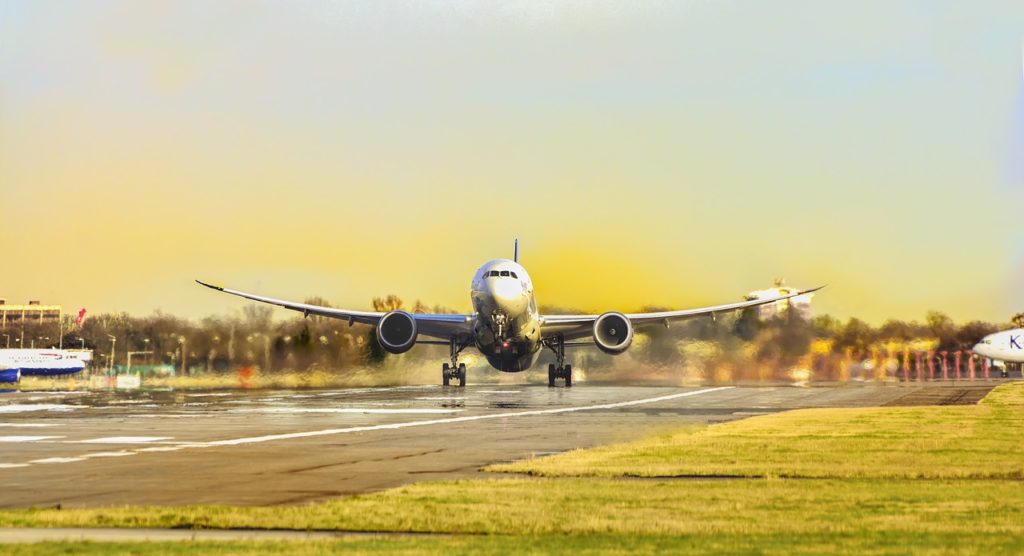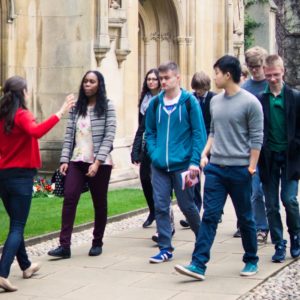If you are considering a career in the aviation industry, you need certain personal qualities. The most important of these is attention to detail. Hundreds of lives depend on the ability of pilots, air traffic controllers and maintenance engineers.
Cabin crew roles may not have the same level of responsibility, but they work long hours and often have to deal with demanding passengers.
Having said that, these are rewarding careers that offer challenges, and depending on your role, plenty of opportunity to travel.
Pilots
To become an EU licenced pilot, you need to do a Flight Training course at a pilot training organisation that is approved or registered in the EU. These organisations are subject to European Regulations. You’ll find information on authorised schools on the Irish Aviation Authority website.
Courses mix theory and practical elements. You will also need to complete a set amount of flying time to gain your professional pilot’s licence.
Before take-off, the pilot meets with the flight crew and checks the serviceability of the aircraft and its systems. The pilot then studies the procedures for take-off and ‘climb’, the route itself, and descent and landing. Pilots also check the weather forecast and amount of fuel needed.
Take-off and landing are generally the most active times of the flight. Once airborne, most aircraft can be put on autopilot and the pilot sets the controls and monitors that it flies correctly. During the flight, pilots must also maintain contact with air traffic control and perform checks on all the aircraft systems.
Air Traffic Controllers
The Irish Aviation Authority trains student air traffic controllers at its training centre in Shannon. You have to be at least 19 years old. You need to have passing grades for least five subjects in the Leaving Certificate, including Mathematics. In addition, you need a Grade C in at least two higher level papers or have a comparable Level 5 award.
During the course, you will learn about Air Law and Navigation Theory, Theory of Flight and Meteorology. You’ll also cover Radar and Non-Radar skills and Aerodrome skills, plus on-the-job training at an airport.
Air traffic controllers plot the routes that air traffic takes through the air to make sure planes land and take off safely and on schedule. Each might have responsibility of their own section of airspace and communicate directly to the pilot to give information, instructions and advice .
Maintenance Engineering
You will need a higher level degree or other qualifications in engineering or science subjects to move into Maintenance Engineering. University of Limerick and IT Carlow have dedicated Aeronautical Engineering degree courses. In addition, Aer Lingus offers an Aircraft Maintenance & Engineering Apprenticeship in conjunction with SOLAS.
Maintenance engineers perform checks on the plane’s engines and fuselage before each flight. They also investigate glitches and faults as they arise. Engineers may replace old or damaged structural parts of the plane.
Cabin Crew
Cabin crew don’t usually need a third-level qualification. Students apply directly to the company or airline. For example, Aer Lingus runs cabin crew training for successful applicants. You will need an outgoing personality and good customer service skills. A second European language, physical fitness, and sales skills are also useful.The training courses covers areas such as customer service, first aid, flight and communications theory, and safety procedures.
Cabin crew are responsible for the care and safety of passengers during flights. They ensure the aircraft cabin area is safe, clean and tidy, serve food and beverages, deal with troublesome passengers, and make safety announcements. Some cabin crew may have to write flight reports after each flight, while others will have supervisory and management responsibilities. Cabin crew also have to be prepared for any emergency situations in which they may have to use safety equipment or administer first aid.
Did you know?
The largest helicopter ever built was the Russian Mi-12, which was 37m in length with a wingspan slightly smaller than a Boeing 747’s.












Comments